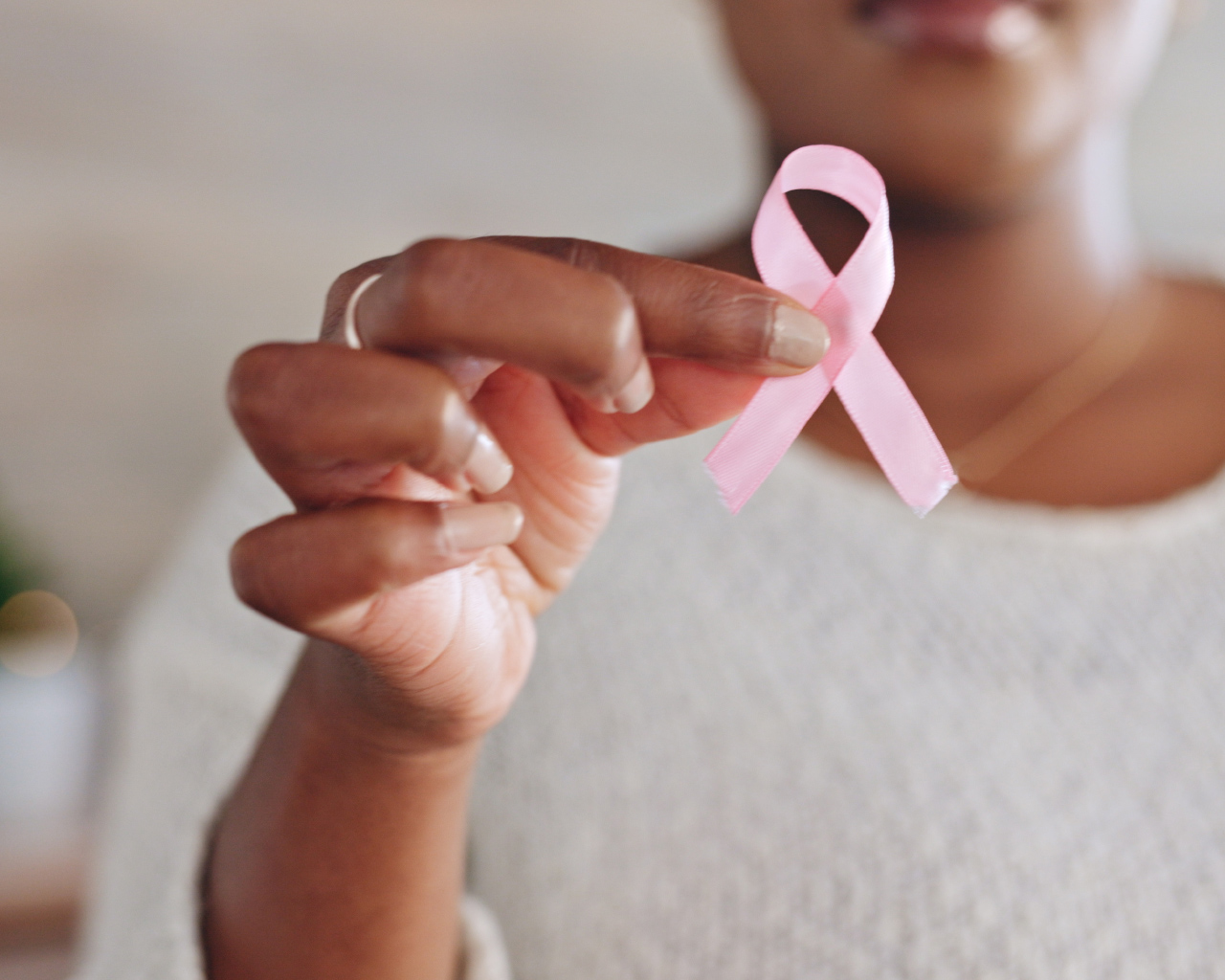
The breast is an organ entirely covered by skin. Hence, any changes in the skin's appearance on the breast are of concern. Inflammation, or infection of the breast tissues, can alter the skin's texture on the breast. However, in breast cancer, the skin behavioral changes are more specific. Therefore, each case must be thoroughly analyzed before reaching a conclusion.
The skin is a protective sheathing on the entire body, including the breasts. Just like skin ages on other areas of the body, the skin on the breasts also ages. However, while many changes, such as loss of collagen and elastin (that keep the skin youthful), breast shape and fullness, and wrinkling, are expected, many skin changes signal other diseases, particularly breast cancer.
Breast cancer is the second most common cancer in women worldwide and the second leading cause of cancer death in women.
Breast cancer begins when cells in the breast begin to grow abnormally. These cells divide more rapidly than healthy cells and continue to accumulate, forming a lump or mass. Cells may spread (metastasize) through the breast to the lymph nodes or other body parts, including the skin.
Early breast cancer can be asymptomatic, so regular screening and self-exams are essential for early detection. However, there are some common signs and symptoms of breast cancer, including a change in breast skin appearance:
Note: Many of the above breast skin conditions can be caused by benign conditions, so it's essential to undergo medical evaluation to pinpoint the exact cause.
Suppose any of the above symptoms regarding changes in the breast skin are observed, and after examining the patient's medical history, the dermatologist will suggest a skin punch biopsy.
A Punch Biopsy (PB) is a widely used technique by dermatologists to diagnose breast malignancies because many breast cancers can affect the skin and nipples. The method involves excising a small circular sample of breast skin tissue under local anaesthesia to be analyzed for malignancy.
We offer individualized, personalized, and compassionate care and treatments fully compatible with your specific needs, concerns, preferences, and desired outcomes.
We use state-of-the-art diagnostic facilities and the most advanced procedures in a nurturing environment where you feel comfortable sharing your anxieties and gain clarity and reassurance about your treatment choices.
If you notice any change in the skin of your breasts, seek immediate medical advice. Our Dr Board-certified specialist dermatologist and aesthetic physician, Dr Nadia Tawalbeh, has vast experience in the field and will guide, support and provide the best, most advanced diagnosis on breast skin health.
قصص المرضى